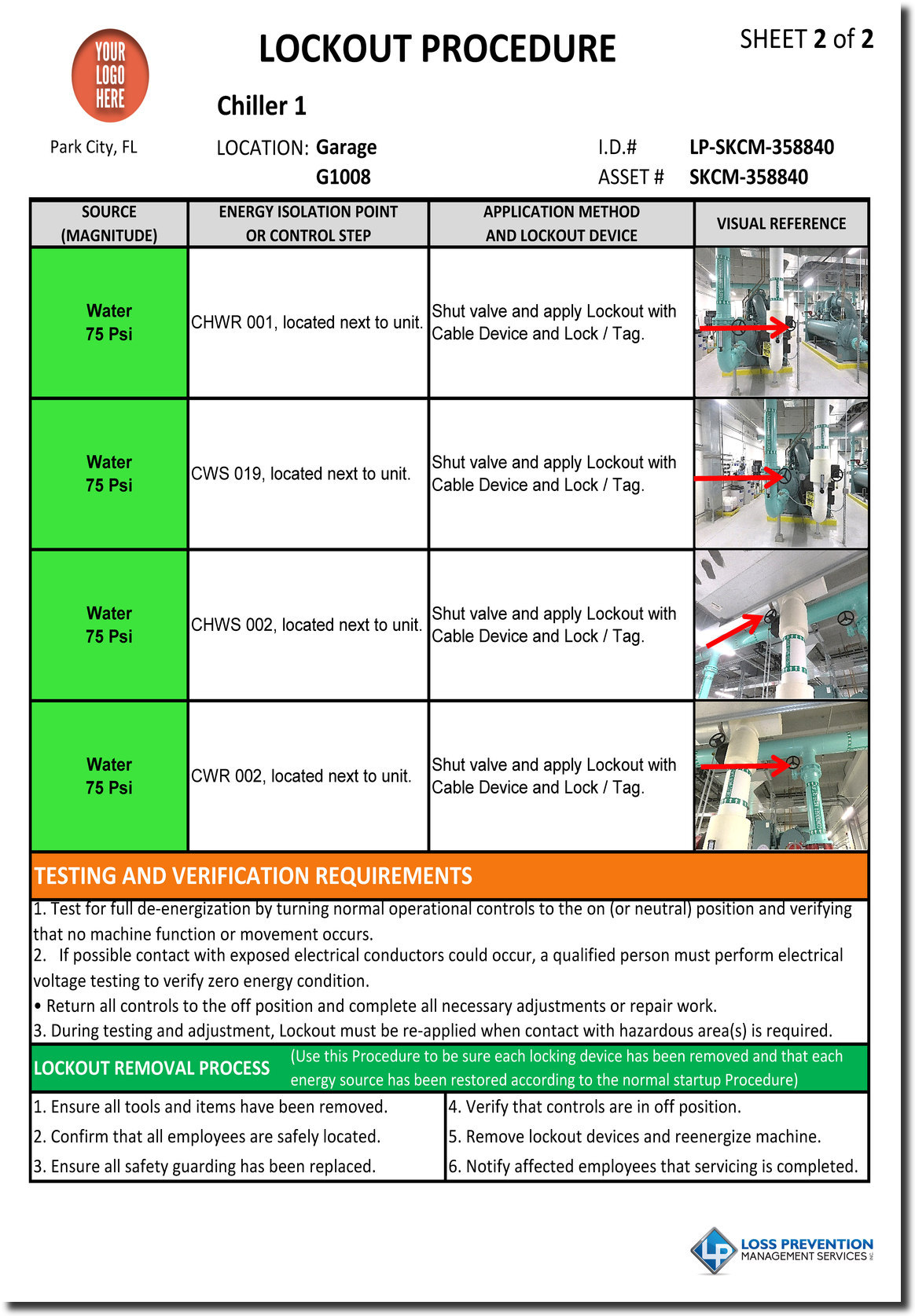
The main requirements that will apply to nearly all applications include:
#Osha lock out tag out requirements full
Every operation should understand the full text of these requirements thoroughly or engage a machine safety consultant who can perform a safety audit. OSHA standard number 1910.147 outlines all requirements regarding sudden energization or unexpected startup of equipment and machines, or the unexpected release of stored energy, that could harm employees. Critical OSHA Hazardous Energy Requirements

For example, if a worker must remove or work around the required machine guarding, the machine must be shut down and locked/tagged out. Another exception is for minor activities such as small tool changes, as long as the activities are routine, repetitive, and integral to production and other protective measures are used.ĭuring normal production, or when a machine is being used to perform its intended function, a few situations require lockout/tagout procedures to be used. For example, in situations where equipment that is cord or plug connected is exclusively controlled by the worker servicing the equipment. There are a few exceptions to this requirement. Routine maintenance tasks such as lubricating and cleaning also typically require protection.Īccording to OSHA standards, lockout/tagout standards apply when performing any action needed to prepare, maintain, or repair a machine or equipment for normal use. In addition, when workers must install, adjust, inspect, or maintain machinery and equipment, they must be protected.

Generally speaking, anyone who performs service or maintenance on machines that could potentially cause harm must be protected by lockout/tagout procedures. OSHA standards also have requirements for when lockout/tagout is necessary for people working on electric circuits and other equipment. Energy sources regulated by OSHA include electrical, chemical, pneumatic, mechanical, hydraulic, and more. The purpose of lockout/tagout procedures is to control hazardous energy sources so that employees are not in danger when servicing and maintaining machines and equipment.


 0 kommentar(er)
0 kommentar(er)
